SUMMARY
This is AI generated summarization, which may have errors. For context, always refer to the full article.
![[ANALYSIS] To the moon and beyond the headlines: Asia’s good to bad, 2023](https://www.rappler.com/tachyon/2023/12/tl-asia-good-bad-2023.jpg)
Over the last decade, Malacañang had good reason to be pleased by our annual review of who had it good and who had it bad in Asia in the year that was.
In 2016, we declared via CNN that then-president Rodrigo Duterte had come out on top as we looked at Asia’s winners and losers. And just last year, in 2022, we took to CNBC and gave “best year” to Southeast Asia’s comeback kids for their election victories – Philippine President Ferdinand Marcos, Jr. and Malaysian Prime Minister Anwar Ibrahim.
This year on CNBC, we looked skyward for inspiration.
Here’s our look at the year that was.
Best year: India’s space agency
The region was far from all doom and gloom this August 2023 as ISRO – the Indian Space Research Organization – dazzled the citizens of what is now the world’s most populous country and space exploration fans everywhere with its latest lunar mission.
The Indian space agency’s Chandrayaan-3 (“moon craft”-3 in Sanskrit) spacecraft entered lunar orbit on August 5, and just over two weeks later, on August 24, its lander named Vikram touched down near the lunar south pole, making India only the fourth nation to successfully land on the Moon. A lunar rover named Pragyan would soon be literally making tracks on the Moon.
As with India’s landmark Mars Orbiter Mission – the nation’s first interplanetary mission to planet Mars in November 2013, which made ISRO the fourth space agency to successfully send a spacecraft to Mars orbit – the relatively low-cost $74.6 million Chandrayaan mission demonstrated the power of India’s “frugal engineering” model. “India’s successful moon mission is not just India’s alone,” Prime Minister Narendra Modi declared. “This success belongs to all of humanity.” And for that reason and for uplifting spirits and bringing a bit of hope and joy in a tough year, ISRO wins “Best Year in Asia 2023.”
Good year: Blackpink
2023 might have ended with K-pop global sensation BTS’s members in military service in Korea and with Taylor Swift named “TIME 2023 Person of the Year,” but for the four superstar women from Asia who make up the all-female K-pop group Blackpink it was most definitely a good year.
Jisoo (Kim Ji-soo), Jennie (Kim Jennie), Rosé (Roseanne Chae-young Park) and Lisa (Lalisa Manobal) together ended the year applauded by and awarded honorary MBEs (Members of the British Empire) by King Charles at Buckingham Palace for their role in “bringing the message of environmental sustainability to a global audience as Ambassadors for the U.K.’s Presidency of COP 26, and later as advocates for the U.N. Sustainable Development Goals.” And yes, Korean President Yoon Suk Yeol was there too.
Earlier in April, Blackpink had become the first Asian and all-female band to headline at Coachella and its album “Born Pink” became the first album from an all-female group to hit No. 1 since 2008. The year also needed with news that Blackpink had finally renewed with YG Entertainment, causing that company’s KOSDAQ-listed shares to leap by 26%.
Like Malaysian actress Michelle Yeoh who made history in March 2023 by becoming the first Asian to win the Academy Award for Best Actress, the members of Blackpink – from South Korea, New Zealand and Thailand – have also gone global, adding another dimension to the phrase “Everything Everywhere All at Once.”
Mixed year: US-China relations
US President Joe Biden and Chinese President Xi Jinping met at long last again in person this November at the APEC leaders summit in San Francisco – a bilateral meeting that was a highlight of what was a mixed year for US-China relations.
That the two leaders met at all was an accomplishment. 2023 was after all a year marked by the shooting down of what the United States termed a “Chinese spy balloon” and continuing tensions on issues ranging from trade, opioids and semiconductors to Taiwan and to the Philippines’ great concern – the West Philippine Sea. Xi did though to many an Americans’ delight indicate that additional pandas might be sent on loan to the United States in an extension of panda-plomacy.
2024 may well prove an even more of a mixed year as both leaders focus on domestic issues including a US presidential election and a slowing Chinese economy.
Bad year: China’s property market
With millions of Chinese citizens still waiting for homes they put down payments on but might never be built, 2023 was a particularly bad year for China’s property market.
By some accounts, the nation’s ongoing, protracted real estate crisis and debt levels in general may pose the biggest credit risk to the global economy. For many a member of China’s middle class, however, the crisis is also a very real threat to their “China Dream” and hopes for a better life.
In 2021, the real estate giant China Evergrande defaulted on its debt. In 2023, concerns grew over the financial state of Country Garden, which until last year was China’s biggest real estate developer, specializing in residential property.
With China’s economy still growing but slowing and Chinese property prices continuing to fall, the IMF has expressed concern, and Moody’s Investors Service has cut its outlook on China’s housing sector to negative. State-owned financial institutions are reportedly being called upon to prop up developers struggling to avoid default and finish construction of stalled apartment projects.
Still, some Chinese citizens are refusing to pay their mortgages en masse in a rare form of domestic protest. Chinese families and individuals who once saw homes as more than somewhere to live but also as investments have reason to fear 2023 won’t be the last bad year they face.
Worst year: Asia’s forgotten
In 2023, the region’s most vulnerable – often displaced by armed conflict – remain for the most part all too forgotten. Priorities shifted and the world’s headlines turned away from “yesterday’s news” – moving on to war in Ukraine and then Gaza. Yet, far from most front pages and news feeds, the crises go on in Asia, including in Myanmar and Afghanistan.
The most significant escalation in hostilities in Myanmar since the 2021 coup, for example, worsened an ongoing humanitarian crisis in 2023. From October 26 to December 8, more than 578,000 people were newly displaced in Myanmar on top of nearly 2 million who were already displaced before the surge in fighting according to the United Nations.
Humanitarian needs also continue to grow in the country’s western Rakhine State, where some 200,000 people are living in camps, mostly Rohingya who have been denied freedom of movement since 2012. UNHCR reports that Bangladesh hosts close to one million Rohingya refugees from Myanmar, making it one of the largest protracted refugee situations in the world.
In and outside of Afghanistan, the plight of Afghan women and children remains dire. Few are likely to know that Afghan refugees are the third-largest displaced population in the world after Syrian and Ukrainian refugees. In 2023, there were at least 8.2 million Afghans hosted across 103 different countries, according to UNHCR, with some in Pakistan now being forced to return to Afghanistan. More than 70% of those in need of support are women and children.
And so, “worst year” in Asia 2023 sadly goes to Asia’s forgotten men, women and children – whether in Myanmar, Afghanistan or elsewhere. Give a thought to how you might learn more and do more to ease their plight in 2024 and beyond. – Rappler.com
Curtis S. Chin, a former U.S. ambassador to the Asian Development Bank, is managing director of advisory firm RiverPeak Group. Jose B. Collazo is an analyst focusing on the Indo-Pacific region. Follow them on X, the platform formerly known as Twitter, at @CurtisSChin and @JoseBCollazo.
Add a comment
How does this make you feel?
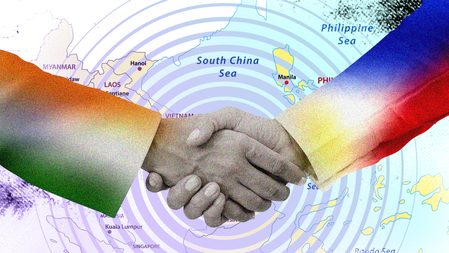

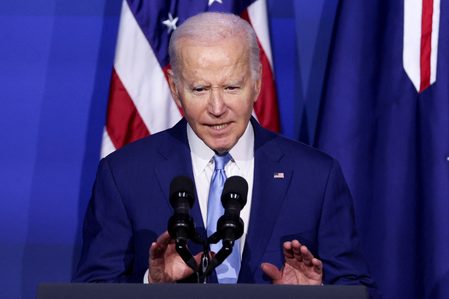
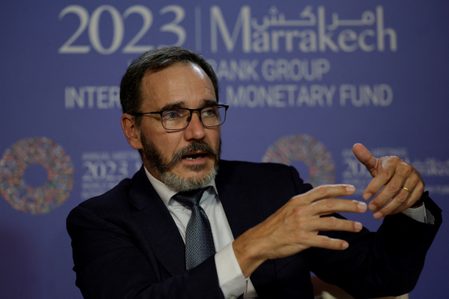
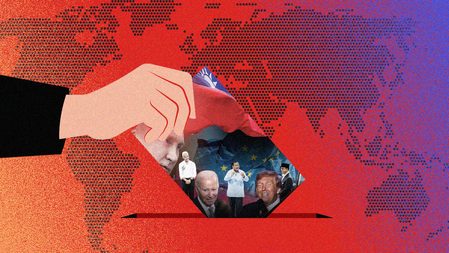








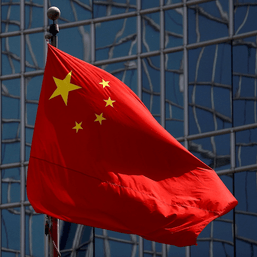


![[In This Economy] How can the PH economy become less reliant on China?](https://www.rappler.com/tachyon/2023/12/TL-PH-economy-less-reliant-china-December-19-2023.jpg?resize=257%2C257&crop=280px%2C0px%2C720px%2C720px)














There are no comments yet. Add your comment to start the conversation.